Gaining muscle as a student can feel like a constant battle—between classes, exams, social life, and limited budgets. But one of the most overlooked factors in building lean muscle mass is blood sugar stability. Fluctuating glucose levels can sabotage your energy, recovery, and fat gain, making it harder to see results despite consistent workouts.
This beginner-friendly guide shows you how stabilizing your blood sugar can unlock better muscle growth, sharper focus, and sustained energy—without expensive supplements or extreme diets.
Blood sugar, or glucose, is your body’s primary fuel source. When you eat carbohydrates, they break down into glucose, which enters your bloodstream. Insulin, a hormone produced by the pancreas, helps shuttle this glucose into cells—including muscle cells—for energy or storage.
But when blood sugar spikes and crashes—common with sugary snacks, instant noodles, or energy drinks—your body struggles to use nutrients efficiently. This leads to:
For students, this cycle is amplified by irregular meals, late-night study snacks, and stress. Stabilizing blood sugar helps your body use protein and carbs more effectively—fueling muscle repair and growth.
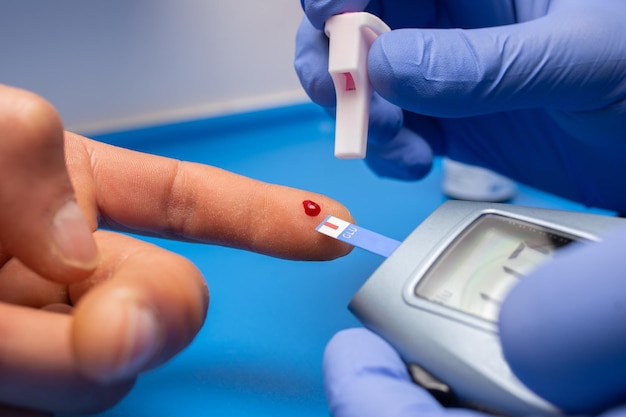
Instead of eating plain rice or bread, combine them with protein (like eggs, chicken, or beans) and fiber (like vegetables or lentils). This combo slows glucose absorption, preventing spikes.
Student-friendly example: Add scrambled eggs and spinach to your morning toast instead of just jam.
Opt for complex carbs that digest slowly: oats, brown rice, sweet potatoes, quinoa, and whole grains. Avoid refined sugars and white bread when possible.
Skipping meals leads to blood sugar dips, followed by overeating. Aim for 3 main meals and 1–2 snacks daily. Even if you're busy, pack a simple combo like Greek yogurt with nuts or a peanut butter apple sandwich.
Soda, energy drinks, and sweetened coffee can spike glucose within minutes. Stick to water, herbal tea, or black coffee. Carry a reusable bottle to stay on track.
A 10-minute walk after meals—like walking to class or around your dorm—helps muscles absorb glucose without spiking insulin. This is especially helpful after carb-heavy meals.

Tracking helps you see patterns and stay motivated. You don’t need a fitness tracker or app—start simple:
Staying consistent is hard, but small cues can keep you on track:
Breakfast: Oats with peanut butter, banana, and a boiled egg
Lunch: Brown rice, grilled chicken, broccoli, and olive oil drizzle
Snack: Greek yogurt with almonds
Dinner: Lentil soup with whole-grain bread and a side salad
Post-Workout: Protein shake or cottage cheese with berries
This plan balances protein, complex carbs, and healthy fats—supporting muscle growth and steady energy.
Muscle gain isn’t just about lifting weights—it’s about fueling your body consistently. As a student, you have unique challenges, but also the opportunity to build lifelong habits. By stabilizing your blood sugar, you’ll boost energy, improve recovery, and make your workouts more effective.
Start small: pick one tip to focus on this week. Master it, then add another. Over time, these habits will compound—leading to stronger muscles, sharper focus, and greater confidence.
Your body is ready to grow. Give it the stable fuel it needs.

Fitness

Fitness

Fitness

Fitness
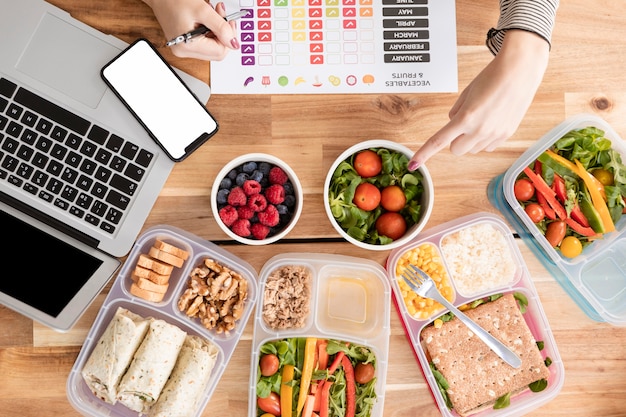
Wellness

Fitness
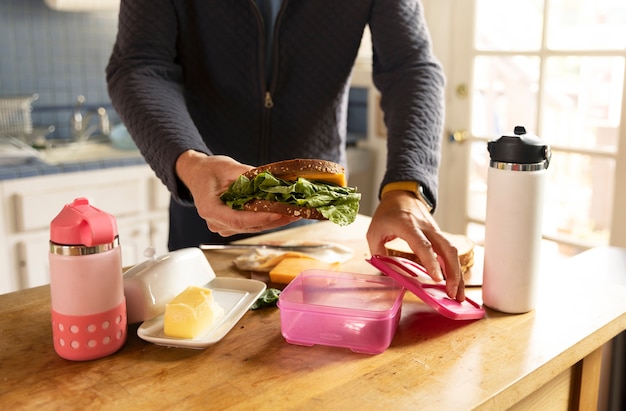
Wellness
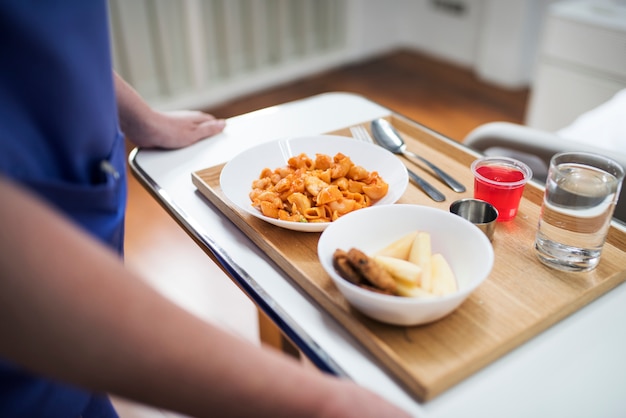
Health
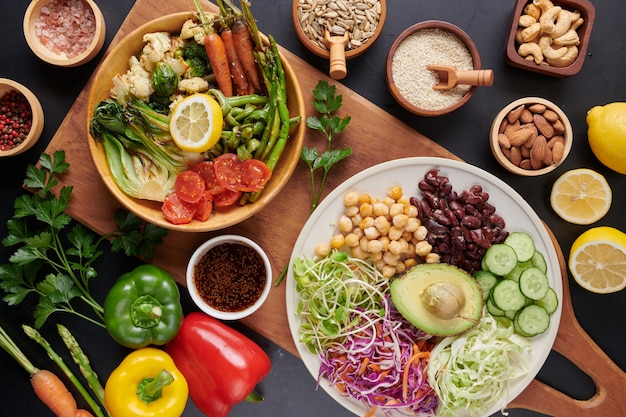
Health
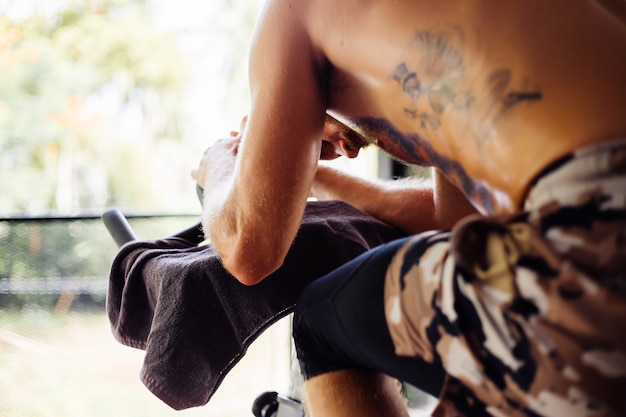
Fitness

Fitness
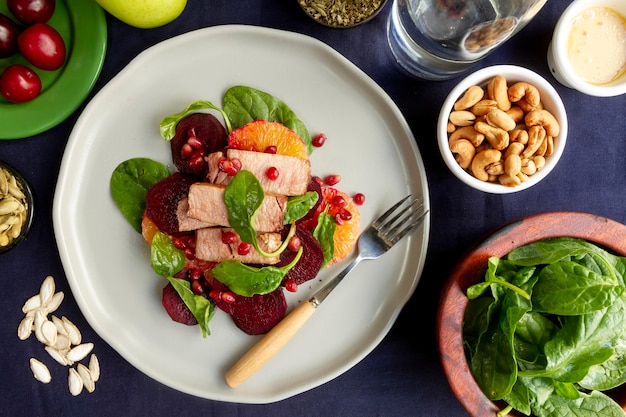
Health

Health

Fitness

Health

Health